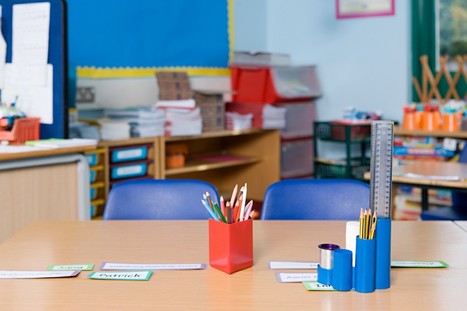Every day, Jesse differentiates instruction by consistently assigning some of his third-graders physical activities instead of written tasks because he has seen those students exhibit the traits of kinesthetic learners. In a classroom across town, Claudia separates the fourth-grade students in her class who appear left-brain dominant into a “Math Achiever” group and provides them with extra math enrichment. In another state, Martin, an experienced reading support teacher advises a parent that his first-grade student probably has dyslexia because she reverses letters.
All of these teachers are applying brain-based research to their teaching and classroom differentiation in ways that benefit their students.
Right?
Actually, not so much.
Research and publish the best content.
Get Started for FREE
Sign up with Facebook Sign up with X
I don't have a Facebook or a X account
Already have an account: Login
Professional learning in a glance (or two)!
Curated by
John Evans
 Your new post is loading... Your new post is loading...
 Your new post is loading... Your new post is loading...
|










